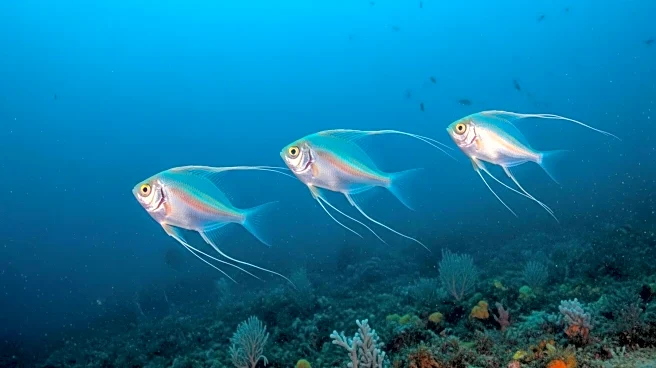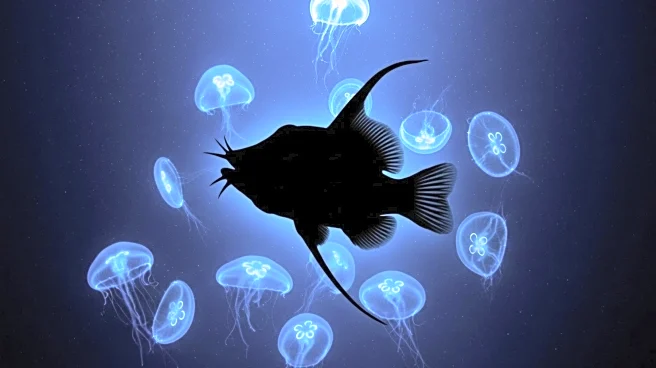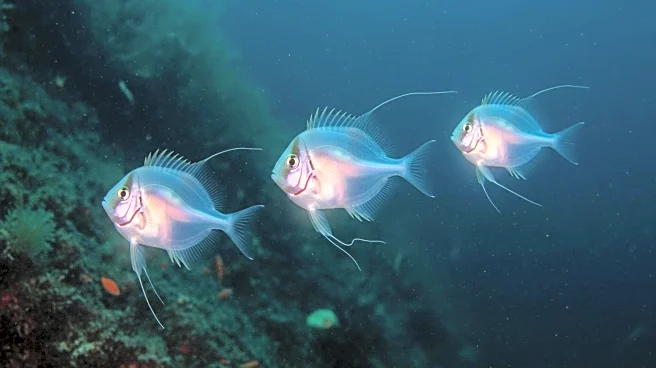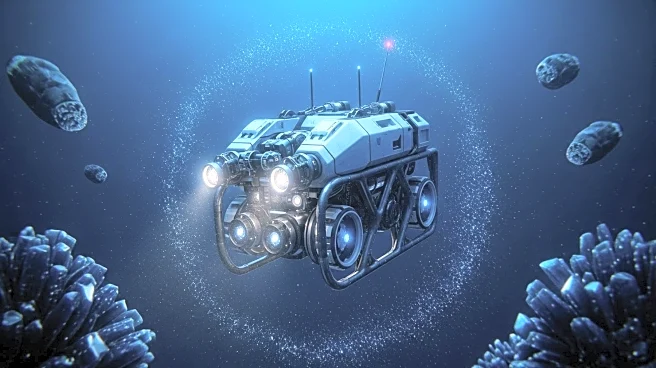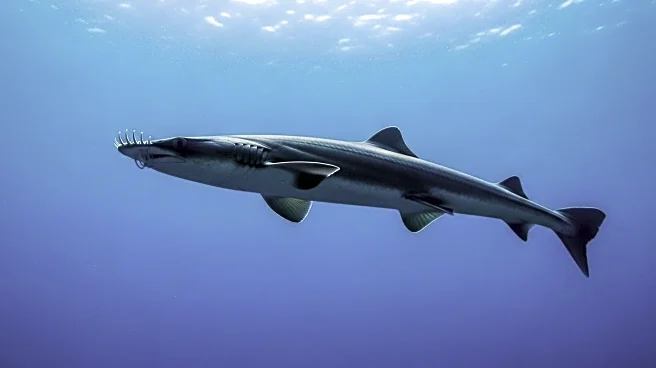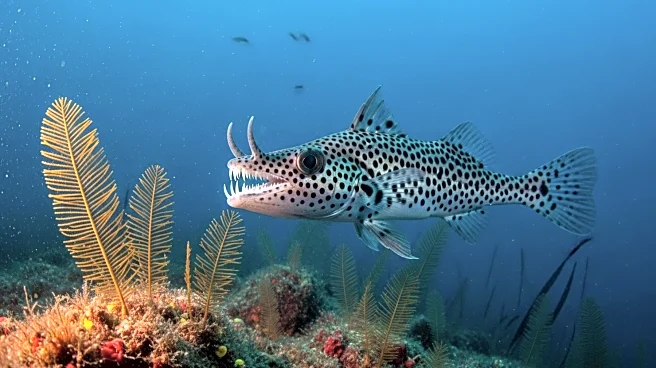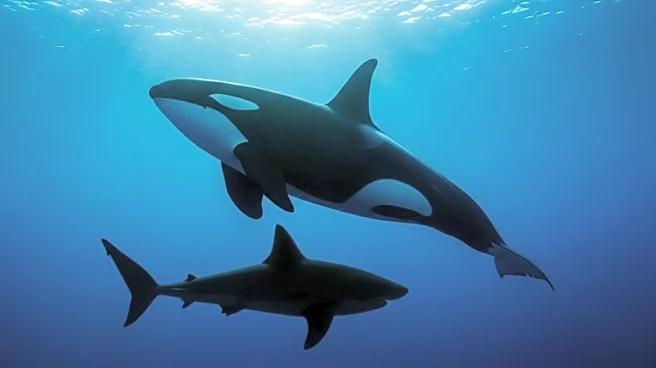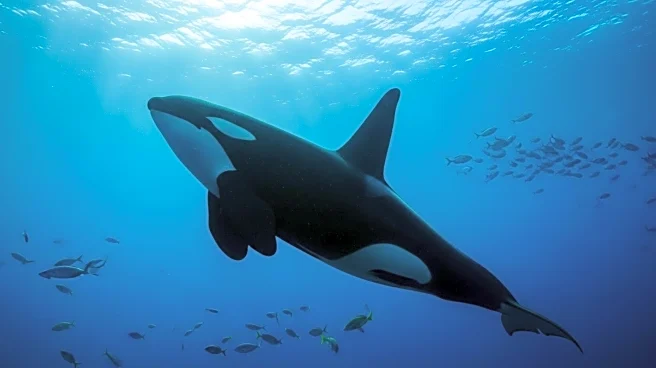What is the story about?
What's Happening?
Researchers from the State University of New York at Geneseo, in collaboration with the University of Montana and the University of Hawai'i at Mānoa, have discovered three new species of snailfish in the Pacific Ocean. These findings were made possible through advanced underwater technology developed by the Monterey Bay Aquarium Research Institute. The newly identified species, observed along the abyssal seafloor offshore of California, have been described in the scientific journal Ichthyology and Herpetology. Snailfish, belonging to the family Liparidae, are known for their large heads, jelly-like bodies, and ability to grip the seafloor or hitchhike on larger animals. This discovery adds to the over 400 known species of snailfish, highlighting the diversity of life in deep-sea environments.
Why It's Important?
The discovery of three new snailfish species underscores the vast biodiversity present in deep-sea ecosystems and the potential for further scientific exploration. These findings contribute to our understanding of marine life and the adaptations required to survive in extreme oceanic conditions. The research highlights the importance of technological advancements in uncovering previously unknown species, which can provide insights into evolutionary processes and ecological interactions. This discovery also emphasizes the need for continued exploration and conservation of deep-sea habitats, which are often vulnerable to human activities such as deep-sea mining and climate change.
What's Next?
Researchers plan to continue studying these newly discovered snailfish species to understand their ecological roles and geographic distribution. Further expeditions and technological innovations may reveal more about the adaptations and behaviors of these deep-sea organisms. The findings could inform conservation strategies aimed at protecting deep-sea biodiversity and mitigating the impacts of human activities. As scientists uncover more about these species, there may be opportunities to explore their potential applications in biotechnology and medicine, given the unique characteristics of deep-sea organisms.
Beyond the Headlines
The discovery of new snailfish species highlights the ethical considerations of deep-sea exploration and the need to balance scientific curiosity with environmental stewardship. As researchers delve deeper into oceanic environments, there is a growing responsibility to ensure that exploration does not harm fragile ecosystems. The findings also raise questions about the impact of climate change on deep-sea habitats and the resilience of marine organisms to environmental shifts. This research serves as a reminder of the interconnectedness of global ecosystems and the importance of preserving biodiversity for future generations.
AI Generated Content
Do you find this article useful?
